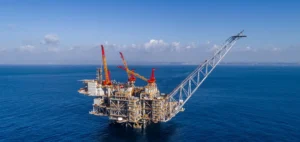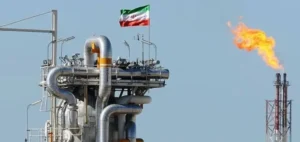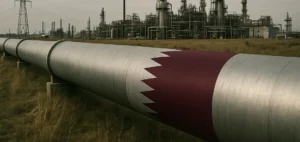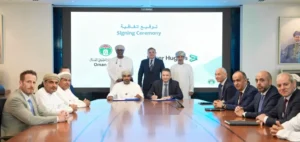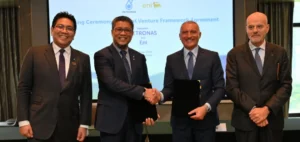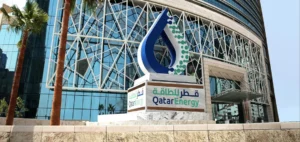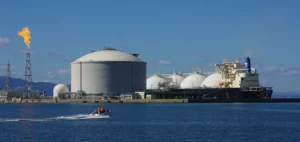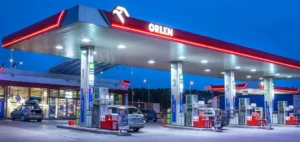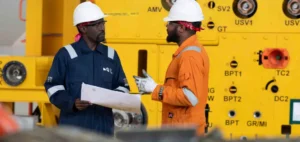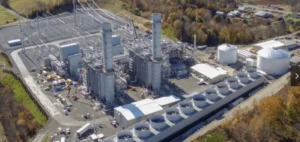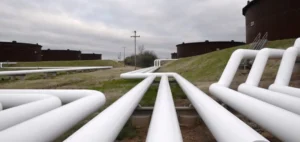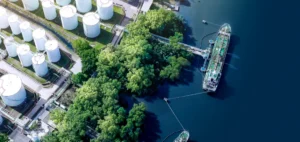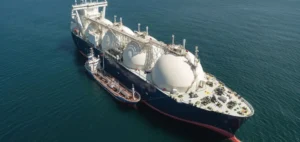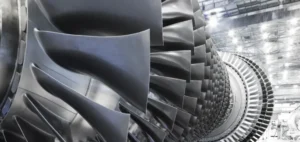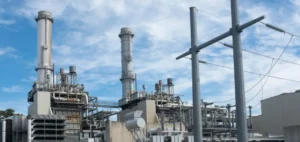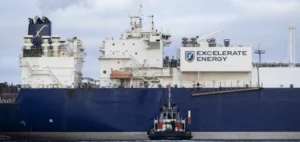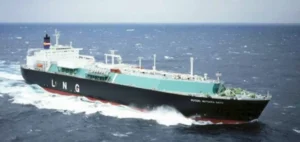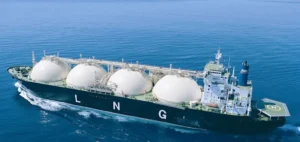Plans to double African liquefied natural gas (LNG) production over the next decade will be welcomed by European buyers. However, while such an influx of gas is an attractive prospect, Africa has always had difficulty marketing its resources. Projects often face physical risks that limit exports, delay start-up, and even prevent final investment decisions (FID).
Why does Africa have difficulty exporting gas?
The problems are deep-rooted, ongoing and unlikely to be resolved quickly. On the economic side, Africa suffers from chronic under-investment. With upstream capital spending in 2020 only half that of the previous decade and the energy transition reducing long-term demand for fossil fuels, the situation is unlikely to improve quickly.
Some gas-rich regions are compromised by armed conflicts. Infrastructure is often inadequate and vulnerable to sabotage. Add to this the increasing prioritization of domestic gas for power generation, and the challenge of developing an export market becomes clear.
Some glimmers of hope in Africa
North Africa could be an additional source of gas for Europe, especially if the existing pipeline infrastructure can be optimized. New LNG projects are planned in sub-Saharan Africa, but growth through the 2030s will depend on timely upstream investments. Many new LNG projects will take several years to produce gas. Africa has enormous potential for LNG growth, but not all projects will be financially viable.
Floating LNG projects will provide 100% of Africa’s near-term growth. While two-thirds of Africa’s future capacity is focused on large-scale, high-risk projects, near-term capacity is expected to come from floating LNG (FLNG) projects. In fact, they are expected to provide 100% of the growth before 2026. Tortue, on the Mauritania-Senegal border, and Coral, in Mozambique, are expected to export about 6 million tons per year between them by 2025. These smaller FLNG projects have several advantages, including shorter lead times and greater flexibility to respond to market conditions.
Namibia: a new frontier for African LNG?
Namibia struck gold twice in 2022. Once with Graff – the largest discovery in the region since 1996 – which was then surpassed by Venus, perhaps the most important discovery ever made in Sub-Saharan Africa. Jonker’s recent discovery has again shown the great potential of the Orange sub-basin. These discoveries have yet to be evaluated, but represent resources of several billion barrels and several trillion cubic feet. While oil can be developed quickly, in an ultra-deep border region like this, gas could take more than 15 years to become operational.
While Namibia cannot offer immediate solutions, it is a useful reminder of what Africa has to offer and how quickly the situation can change.



